Homeschool Partnerships: Changing an Educational Landscape
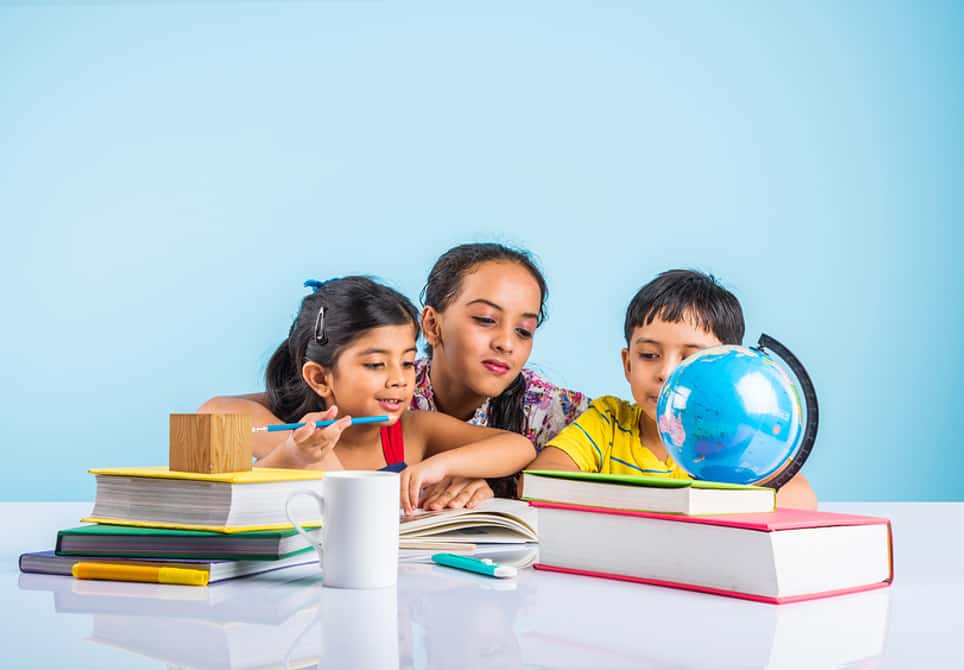
By Marsha Myles
I just listened to the podcast “Designing Beautiful Places for Learning” and it reminded me of an amazing movement in Michigan education right now that aligns with many of the ideas presented.
Homeschool Partnerships are popping up in multiple districts, and they are changing the educational landscape in our state.
For the most part, Homeschool parents hired by the districts manage these Partnerships, which have become incubators for new ideas and models for learning impacting the more conventional brick-and-mortar school. Some influencing aspects of the Partnerships include:
- Each student has their own personal learning plan built around the student. No two students have the exact same learning plan.
- Most of the Partnerships (there are 10 to 15 now in Michigan) have a building where the students and families meet daily for interaction and collaborative learning efforts. Although not required, most students show up daily, often with a parent.
- Both blended learning and project-based learning dominate the learning environment.
- Field trips are a regular part of student choice and experience.
- The buildings have flexibility in their physical structure and in the way they function.
- Community resource classes engage the community in educating the students.
- Learning is inquiry based.
- Certified teachers (who are often also the parents of the students) are deeply involved in the learning and teaching.
I have watched these Partnerships evolve and grow over the last five to six years. As I work with districts on realizing their goals of personalization, virtual learning, blended learning, etc., I have come to realize and appreciate that the Homeschool Partnerships are having a tremendous impact and influence in our state by creating passionate learners. Many of the Homeschool Partnerships now have 600 to 700 students enrolled.
In some districts, the Partnerships are becoming microschools that engage the homeschooled students, the brick and mortar students and the community at large. The learning can take place at the building they are housed in, virtually or in local venues where certified teachers and community members team up for teaching and learning options for the students.
I asked Betsy Springer, one of the Homeschool Partnership parents, to share a story about her one of her experiences:
My 7-year-old son and his friends overheard a planning meeting for our church’s annual Vacation Bible School carnival. Not satisfied with simply attending and playing carnival games for prizes, the tiny band of children set out to run a game of their own. They were made aware of the responsibilities of being a game host:
- They wouldn’t be able to both host and play the other games.
- They would have to find materials on their own (no budget).
Not only did they enthusiastically agree to this, but they set out to invent the game from scratch.
For weeks they would be working in empty classrooms around the building and on Saturdays. Throughout the week, they collected cardboard, Nerf toys and scrap wood to build their booth, backdrop, props and tools. While the other moms and I discussed the project in private, we left them alone in the design, creation and implementation of it.
It was clear their driving question was “How can we make a carnival game that our peers will love?” They started with their own hobbies, namely Nerf guns and princesses, and brainstormed how this may be received by others. The game began to take shape as a sort of shooting gallery, complete with 3 foot cardboard humans, decorated with clothes and magic marker faces.
The children seemed to do well with improvisation and problem solving. They used their littlest brother as a human pattern, tracing his small frame on flattened refrigerator boxes. They found the cardboard too flimsy to stand on its own, so they fashioned braces from yard sticks and packing tape. For weeks, they worked feverishly; no household item was safe!
They also worked cooperatively. They inventoried each other’s strengths, giving the cutting of cardboard to the physically strongest and the drawing of faces to the most artistic. In the end, they even drafted a rotation, so they could each have a little time at the carnival, while taking turns manning their own booth.
They demonstrated their academic strengths as well. Math, in measuring, counting and deciding how prizes would be earned. Art, obviously. Language in making signage and advertisements. Science as they experimented with finding which Nerf weapon was powerful enough to knock over the target, from how far and how often.
So chaotic was the carnival, that I missed out on seeing much of the final product, but behind the scenes, I saw much more. I saw the abilities of young children, ages 4-10, to take a complex project and capably break it down into its smaller parts. They delegated, collaborated and collected without any adult guidance. I never once reminded my son to bring his found cardboard along. Yet, he did it (this from the kid that sometimes gets to school and has forgotten his shoes).
I saw the value of passion. The passion of the kids to make this project work superseded even their own selfishness (admittedly, we all have this part of ourselves). They gave up the chance to win prizes, goldfish and candy to instead offer a service to their peers that they were allowed to create without any censorship from adults.
Witnessing this experience in my children has inspired me to incorporate this type of project-based learning in my classrooms.
For more, see:
Marsha Myles is President and CEO of EdTech Specialists. Follow them on Twitter: @EdTechMI
Stay in-the-know with all things EdTech and innovations in learning by signing up to receive the weekly Smart Update.



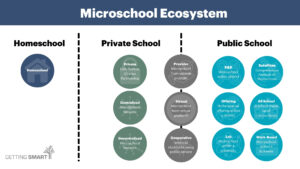
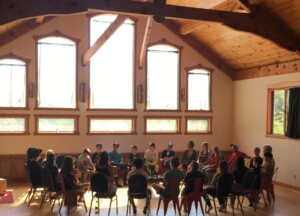
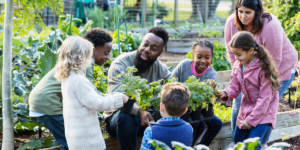
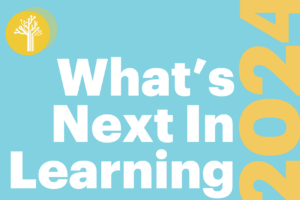
Erin Minard
Betsy Springer is not only a certified teacher and mother of 4, but an amazing supporter of her fellow colleagues, most of who are mothers and teachers as well. I value her friendship and her advice! Thanks for taking the time to share this bit of inspiration, Betsy! May it encourage us all to give our children the educational opportunites that will truly help them not only learn book knowledge, but grow as a person by understanding valuable life lessons!
Erin Minard